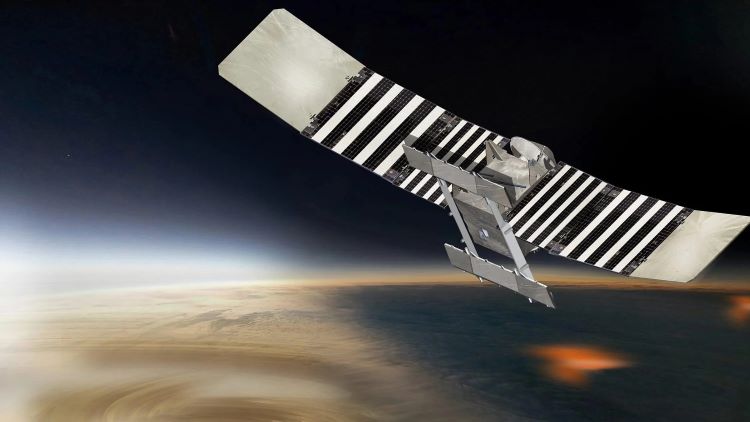In a victory for scientists studying celestial bodies, particularly planetary geologists, it was revealed at the recent 55th Lunar and Planetary Science Conference (LPSC) in Texas that NASA’s VERITAS mission to Venus has been reinstated in NASA’s Fiscal Year 2025 (FY25) budget. The mission is set to launch in 2031, with the announcement coinciding with the commencement of the conference on March 11, 2024. This reinstatement follows a setback in March of the previous year when NASA’s FY24 budget allocation for VERITAS was only $1.5 million, leading to concerns after an independent review board’s findings in November 2022.
Dr. Sue Smrekar, the Principal Investigator for the VERITAS mission, expressed her excitement about the project’s revival during the LPSC 2024 event. The planetary science community, including Dr. Byrne, an Associate Professor at Washington University in St. Louis and a vocal advocate for Venus exploration, welcomed the news with relief and optimism. Despite the delays faced by VERITAS and its companion mission DAVINCI, the reinstatement of VERITAS signifies a positive development amidst budgetary challenges at NASA.
Originally proposed as a NASA Discovery mission alongside DAVINCI, VERITAS aims to create detailed surface maps of Venus, while DAVINCI focuses on atmospheric studies to explore the potential habitability of Venus. Strong advocacy from the Venus and planetary science communities, supported by organizations like The Planetary Society, played a crucial role in VERITAS’ reinstatement, highlighting the collaborative efforts that led to this outcome.
Dr. Byrne, though not directly involved in the VERITAS mission, has been actively involved in Venus research and has shown unwavering support for the mission. Reflecting on the emotional journey from VERITAS’ postponement to its reinstatement, Dr. Byrne acknowledges the challenges faced by the mission team and emphasizes the importance of perseverance in scientific endeavors.
With the last NASA mission to Venus, Magellan, providing valuable insights into the planet’s surface features, VERITAS is poised to revolutionize our understanding of Venus. By utilizing advanced radar technology and spectral measurements, VERITAS aims to generate high-resolution images and topographic data, shedding light on Venus’ geological composition and aiding in the calibration of data from other missions like DAVINCI and ESA’s EnVision.
The future holds promising discoveries as VERITAS embarks on its mission to unlock the mysteries of Venus, paving the way for groundbreaking scientific advancements in the realm of planetary exploration. Let us continue to embrace the spirit of scientific inquiry and gaze towards the wonders of the cosmos!
